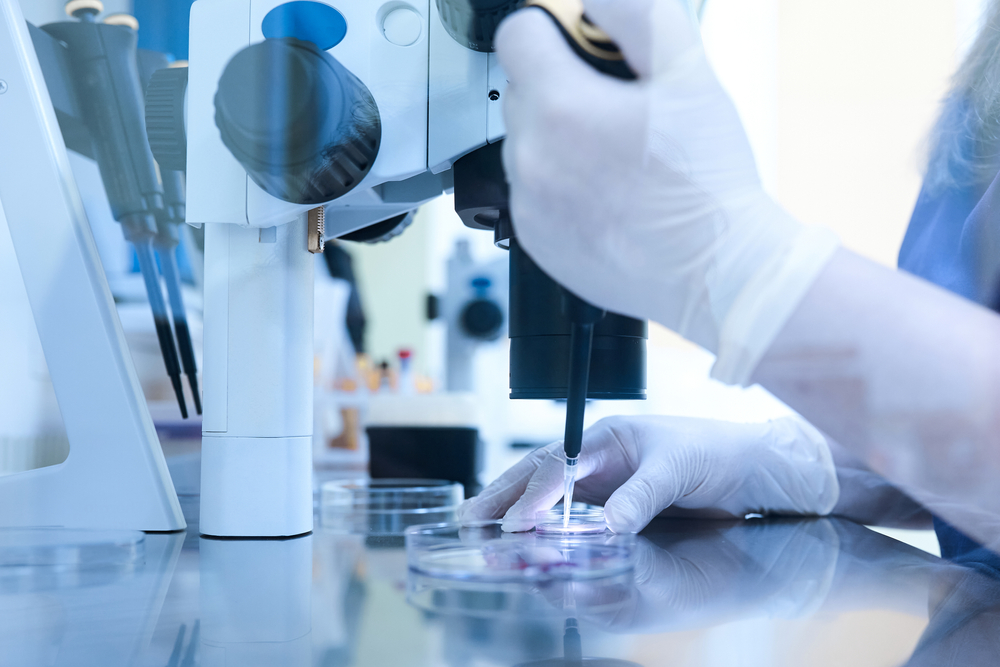Female Fertility Testing

The ultrasound scans below are performed by our doctors using a transvaginal ultrasound probe which produces an image of the physiology the doctor needs to check. They have to be performed at a certain time in a woman’s menstrual cycle unless she is not having regular cycles, in which case they can usually be done at any time. Most people prefer to schedule these scans immediately prior to a consultation. That way one less visit is required and the doctor who performs the scan can immediately follow on with a full consultation which will include the implications from the scan.
A HyCoSy is a tubal patency test carried out under 3D ultrasound. It lets us know whether or not a woman’s fallopian tubes are clear for the egg and sperms to meet, and to transport her embryo to her womb. This is crucial if the proposed treatment is ovulation induction or artificial insemination. However, in IVF and ICSI the eggs are removed directly from the ovaries so if these are the planned treatments there is usually no point in having a HyCoSy first. Read more about HyCoSys.
3D Aquascans check for physical anomalies in the uterus. Newly-formed embryos tumble along the fallopian tubes and land on the walls of the uterus where they implant. If there are any physical impairments such as scarring, fibroids or polyps where the embryo tries to implant, the doctor will need good information from the scan to assess whether these can be ignored or whether surgery is required to improve the chances of a successful pregnancy. See Aquascan page.
Antral Follicle Counts, also in 3D, are used to assess a woman’s ovarian reserve by counting the small follicles produced each month. This scan gives a woman valuable information about her chances of success with any treatment as influenced by her ovarian age. If she is younger the test can, as interpreted by a doctor, suggest to a woman that she has some time yet before her natural fertility starts to decline.
Blood test results, particularly AMH, can also give valuable information about hormone levels and how they reflect ovarian age and the reproductive cycle. They are also useful if the woman has a known medical condition where her blood test levels are likely to affect her fertility.

